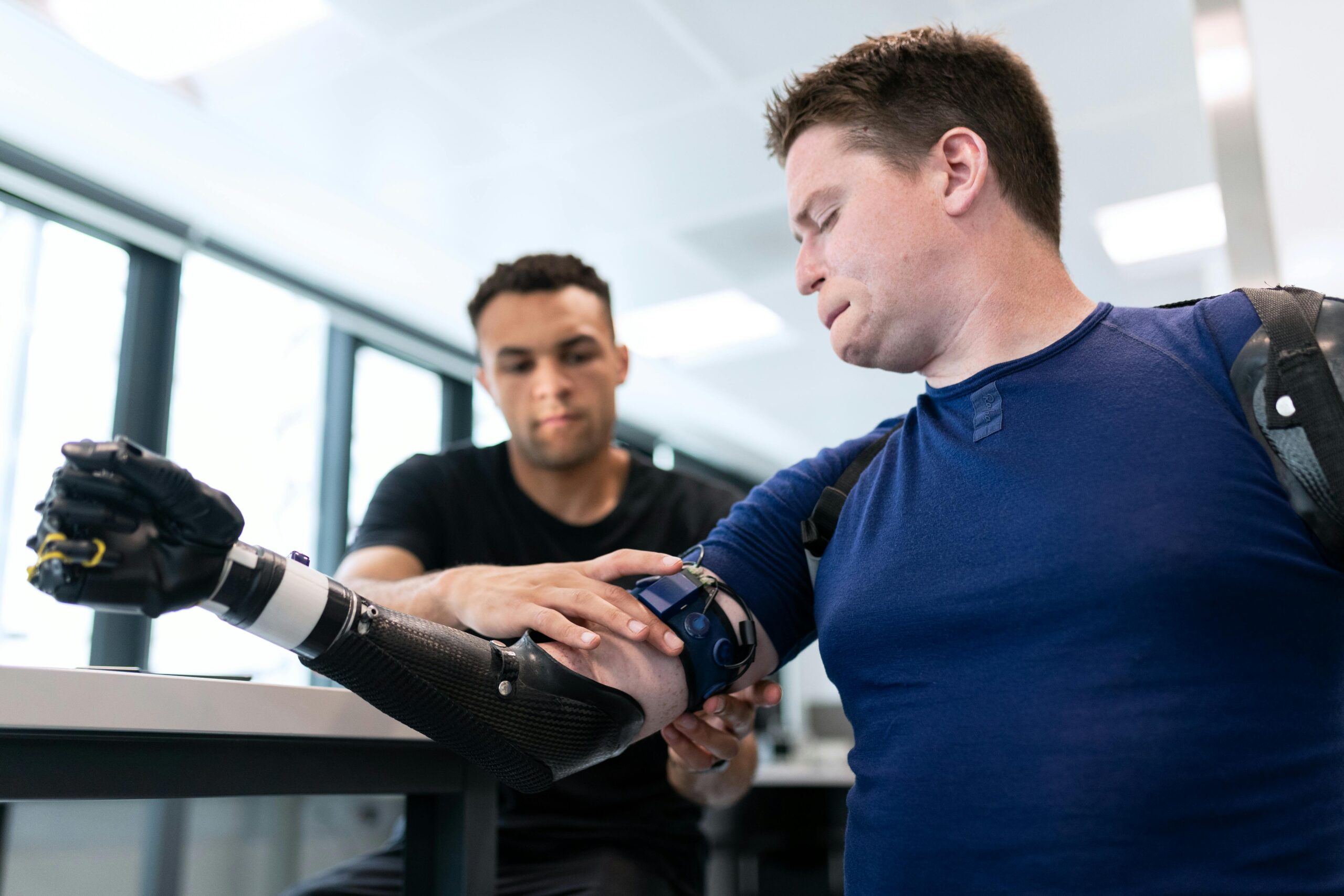
In the rapidly evolving landscape of mobile app development, cross-platform development has emerged as a strategic approach to reach a broader audience efficiently.
According to recent research, the demand for cross-platform mobile development frameworks has surged, with over 70% of developers using or planning to use such tools.
This trend underscores the importance of cross-platform solutions in reducing time-to-market and development costs while ensuring a consistent user experience across multiple devices and operating systems.
Cross-platform mobile app development offers significant advantages over traditional native app development. By utilizing frameworks like React Native, Flutter, and Xamarin, developers can write code once and deploy it across multiple platforms, including iOS and Android. This approach not only streamlines the development process but also allows for easier maintenance and updates, as changes need to be made in only one codebase. Research shows that businesses adopting cross-platform strategies can save up to 50% in development costs compared to maintaining separate native codebases.
Moreover, the user experience remains paramount in cross-platform development. Modern frameworks offer native-like performance and seamless integration with device capabilities, ensuring that users enjoy a consistent and responsive app interface regardless of the platform they use. This consistency not only enhances user satisfaction but also simplifies UX design and testing, as developers can focus on refining a single codebase rather than managing multiple platform-specific versions.
Another key benefit of cross-platform development is faster time-to-market. With competition in the app market intensifying, businesses need agile solutions that allow them to launch their apps swiftly without compromising quality. Cross-platform frameworks facilitate rapid prototyping, iterative development, and simultaneous deployment across multiple platforms, enabling companies to capitalize on market opportunities more effectively.
Security and maintenance are also critical considerations in app development. Cross-platform frameworks often provide robust security features and offer centralized updates, making it easier to patch vulnerabilities and address bugs promptly. This proactive approach not only enhances app security but also reduces the overhead of maintaining separate codebases for different platforms, thereby optimizing resource allocation and developer productivity.
As the mobile app ecosystem continues to evolve, the versatility of cross-platform development becomes increasingly evident. From startups aiming to scale rapidly to established enterprises seeking cost-effective solutions, the adoption of cross-platform frameworks aligns with diverse business objectives. By leveraging these technologies, organizations can innovate faster, respond to market demands more efficiently, and engage with a wider audience across various devices and operating systems.
In conclusion, cross-platform mobile app development represents the future of agile and cost-effective software solutions in an increasingly mobile-first world. At Coding Brains, we specialize in harnessing the power of cross-platform frameworks to deliver cutting-edge mobile applications tailored to your business needs. Our experienced team ensures seamless integration, superior performance, and unmatched user experiences across all platforms, empowering your business to thrive in the competitive app market.The future of mobile app development lies in embracing cross-platform solutions that optimize efficiency and scalability. By partnering with Coding Brains, you unlock the potential to transform your ideas into robust, high-performing mobile applications that resonate with your target audience. Join us in shaping the next generation of mobile experiences with our expertise and commitment to excellence.





